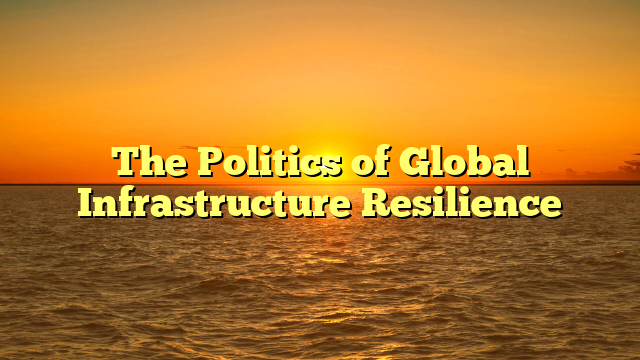As nations invest heavily in infrastructure, resilience has emerged as a political and economic priority. Natural disasters, cyberattacks, and geopolitical slot gacor Naga169 conflicts threaten critical systems, prompting governments to rethink planning and financing strategies.
Countries in Europe and North America have implemented resilience standards for energy, transport, and digital infrastructure, emphasizing redundancy and risk management. In Asia, densely populated urban centers are adopting disaster-resilient construction and early warning systems.
Geopolitical considerations play a role. Strategic assets like ports, power grids, and data centers are increasingly protected through public-private partnerships and international agreements. Investments are scrutinized for both economic viability and national security implications.
The financing of resilient infrastructure often involves multilateral institutions, sovereign wealth funds, and private investors. Coordination between public and private stakeholders is critical to ensure sustainable, secure development.
“Resilient infrastructure is now a national security imperative,” said global policy analyst Emily O’Reilly. “Economic growth depends on stability, not just capacity.”
As threats grow in complexity, the political economy of resilience will shape infrastructure investment, trade, and international cooperation.



